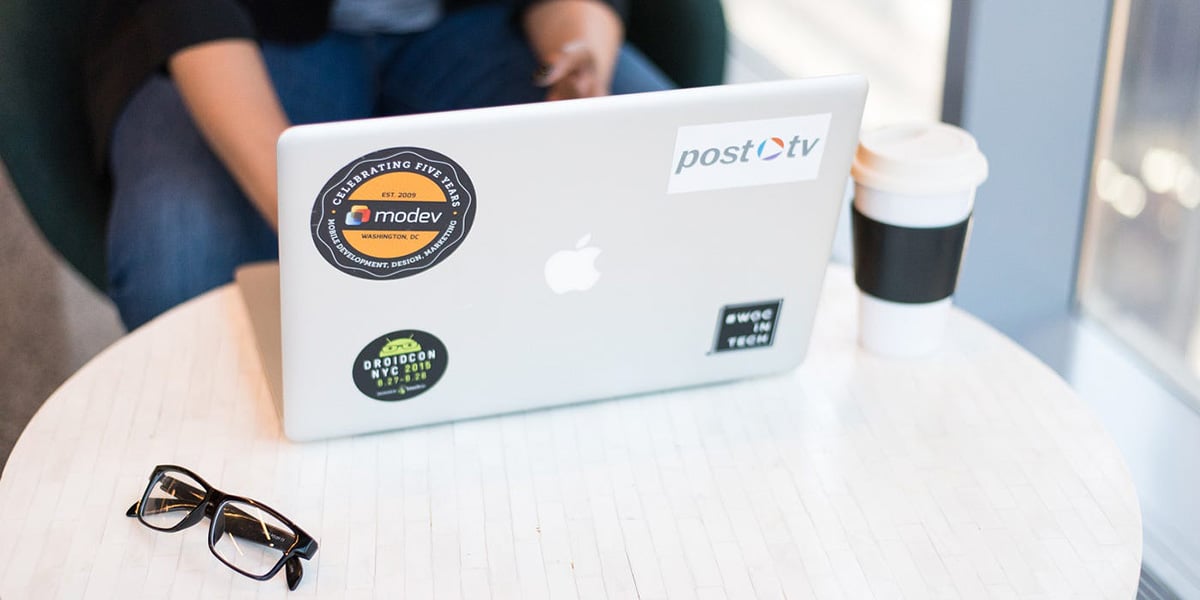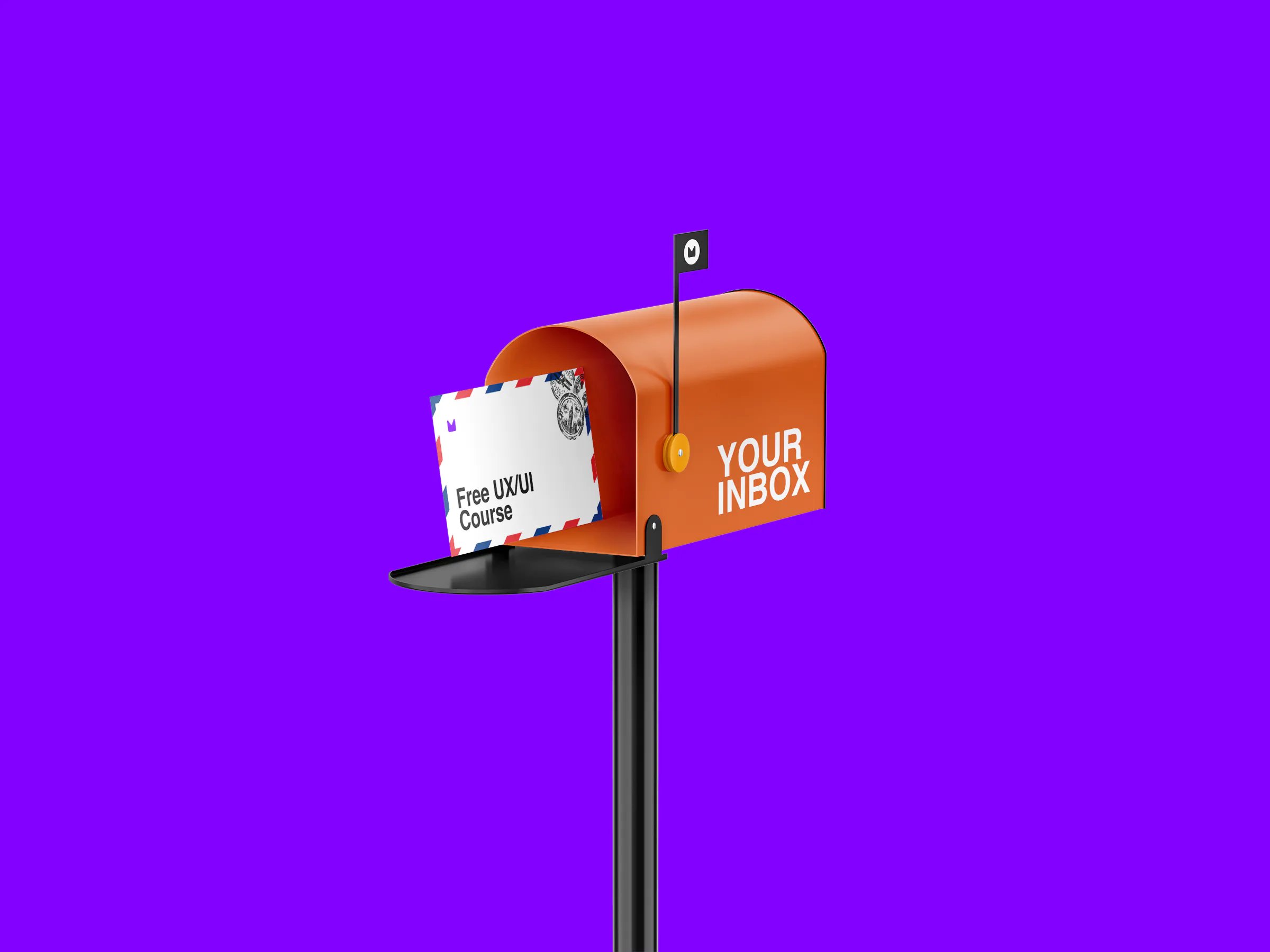

Get a Free UX/UI Course in Your Inbox Every Day for 15 Days
By the end of this three-week crash course, you'll have a much better understanding of the tech industry, the design craft, and all the knowledge you need to start building your career.

Get a Free UX/UI Course in Your Inbox Every Day for 15 Days
By the end of this three-week crash course, you'll have a much better understanding of the tech industry, the design craft, and all the knowledge you need to start building your career.

Research can be scary. On the one hand, we are talking about statistical significance, deep qualitative understanding, anthropological principles, or psychology. On the other side, research seems easy. We can quickly pick a method, do some interviews, go fast and deliver results that impact the business. Designers conducting user research are constantly pressured to assess whether their research is good enough or whether they have delivered as expected.
Research shouldn’t be reserved for experts, nor something you do in a night as part of a process checklist. It’s still possible and easy to conduct great UX research if you consider a couple of details I want to talk about today.
People like numbers, especially those that drive business, validate assumptions and tell them that moving forward is ok. They offer credibility and security and drive action. In UX research, however, even if it has a quantifiable part, the qualitative part doesn’t get as much credit (and credibility) if it doesn’t say what we want to hear.
More and more Designers and Product managers tend to quantify such insights as quickly as possible to increase credibility, seeking false confidence on account of (still) small samples.
Let’s take usability testing or user interviews. One of the great disservices we can do to this type of user research is treating it as having a quantitative component. People sometimes fixate on the idea that testing with 30 people is better than testing with 5 or 6, losing sight of the fact that neither is statistically significant. Qualitative research should be a tool to find problems with designs or products, to understand behaviours, not to understand every single individual’s problem with the product. Rephrasing usability testing results into “People love this feature, it’s gonna be successful.” is a dangerous (and yet still appealing) thing to do. Usability testing should give us direction, point out flaws in our designs, and keep us grounded in the fact that our work can be biased or imperfect. It doesn’t give us numbers, and it doesn’t guarantee us that “50% of our market is going to buy or use our product because they found this feature interesting.”
Speaking of falsely and unnecessarily quantifying user research, another common misconception I’ve noticed is that screener surveys can help us recruit participants and offer us some insights as a bonus. The primary purpose of a screener should be to help us talk to the right people, not gather insights about their behavior, as we have little to no control over the pool of participants. At the same time, screener surveys should be brief, so the number of questions we ask is more limited than what we usually add in a regular survey.

We got used to being empathy advocates for our users, but we often forget that empathy shouldn’t be one-directional. Empathy goes across the entire environment of our product, including stakeholders, which we often forget about when starting to conduct research.
UX Research, apart from the value it brings to the product, should also be directly valuable to stakeholders- through this process, our primary goal is to offer them actionable insights that help them turn their vision into reality. Without understanding where they come from, the entire research process might be disconnected from the end goal and, eventually, not that fruitful.
When I start a research phase, I take some time to do a stakeholder interview, keep transparency, and try to involve them in the process as much as possible and as early as possible. They usually have valuable input and help me understand if there are any external assumptions I need to validate or invalidate that I wouldn’t have come up with myself. Don’t be the gatekeeper of research knowledge.
Our main goal when conducting user research is to help companies make better decisions, to understand what the product team, product managers, or stakeholders want, and to bring them information that helps them with that. It’s not enough to answer the questions for them but to tell them how the answers can be actionable; what the answers should mean to them, otherwise there is no value.
Especially at the beginning of their career, it’s hard for Designers and researchers to share their findings in an insightful manner, and it’s tough to muster the courage to deliver them in a compelling, easy-to-understand way. On top of mastering research methods, it’s also essential to understand how to help people understand your findings. Share how we learned, what we learned, why, and what the next steps should be. There is no perfect recipe for research impact, but there is also not a single methodology to make research more impactful.
The way to do this? Share a story, don’t talk solely about what users did or said, but how you can translate this into action. If users hate a specific flow, what steps can we take to improve it? If they are reluctant to use something, what is the reason for that? How can we make it better?

People love clarity, love “yes and no” questions, and certainty. But when it comes to doing enough research, the answer is far from binary. No one will ever be able to quantify when research is enough and where the stopping point should be. But there are still some ways to determine this.
The first thing to do is to start communicating with your team and understand if you or they can actually implement something you’ve brought from research. If that is the case, then it’s often safe to consider that you have achieved a goal and added value; therefore, research is enough for that moment.
Also, there is a common saying that research should help you either make a decision or avoid making a decision. It can be the case that the more you research, the more you understand that some people don’t want a particular feature or operate under different premises. If you achieve that, research can be successful and give you an excellent direction forward.
Sometimes, a one-week usability study is more than enough for a certain point, and it’s not less honorable than a 1-month complex study. The important thing is how you communicate your findings to others and empower them to use them.

Nothing burns out a UX researcher faster than repeatedly seeking and presenting the perfect and having stakeholders not implement the perfect. You don’t have to deliver the ideal solution; you have to be less wrong. Remember that this is a marathon, not a sprint; you don’t want to burn yourself on one study because stakeholders wish that. Or you don’t want to spend all the research budget at once just because you have it available.
It can become highly liberating if we manage to wrap our heads around that. Constantly drive towards perfection while simultaneously realizing it’s unattainable and just enjoying the journey.
We are operating creatively under constraints, and every single step we take can drive us to perfection; we don’t need to seek it actively and burn out, and we just have to do it and keep an open mind.